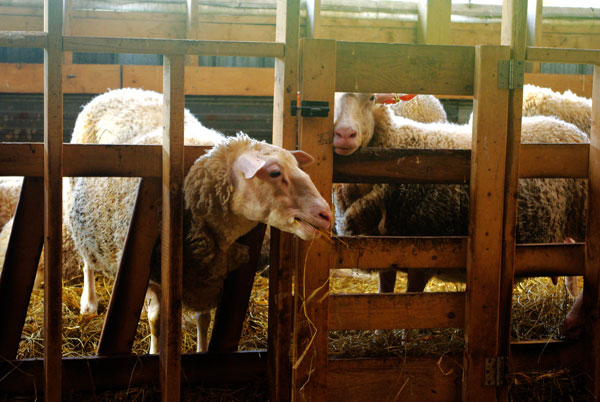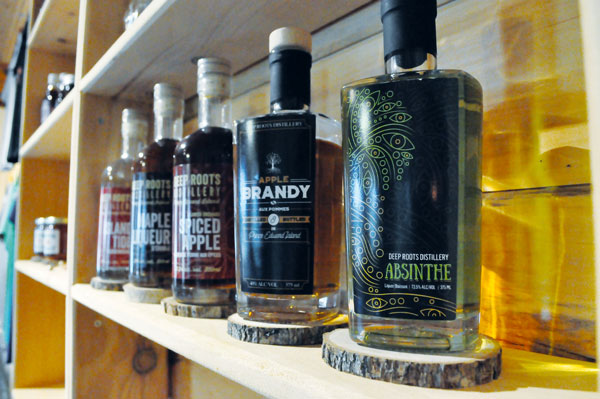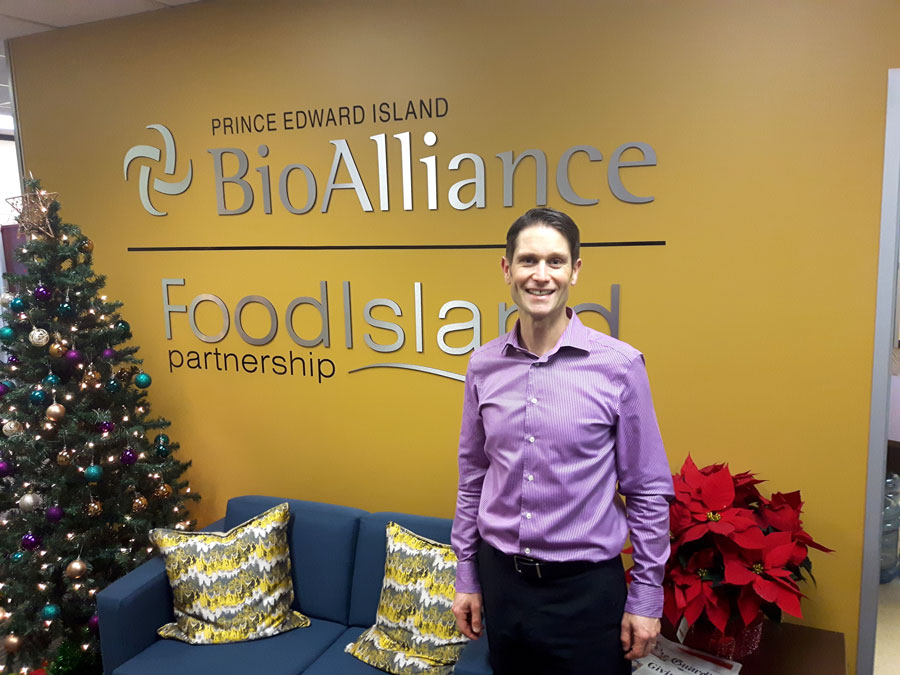How PEI is building a name for itself in culinary tourism
“You have to taste a culture to understand it.” – Deborah Carter
“Canada’s Food Island.” Did you smirk when you first heard Prince Edward Island bestowed with such a grand proclamation? Did you wonder who came up with such ambitious branding? Or did it strike as merely the latest iteration in a slew of food-centric nicknames bestowed upon the Island, which have included the Garden of the Gulf and the Million Acre Farm? Whatever your reaction to this latest branding of Canada’s smallest province, one thing is certain: the name speaks to something broader than its predecessors. Beyond showcasing our rich agricultural industry to the world, “Canada’s Food Island” seems to extend an invitation to the world to explore every facet of the Island’s foodscape. In short, it’s a tourism marketing play.
“It fits perfectly,” said Kent Thompson, Director of Finance and Food Tourism with Food Island Partnership. “People are starting to say ‘what’s that boat fishing?’, ‘what’s in that field?,’ and so they want to get their hands dirty, they want to experience things, they want to learn more about where their food comes from.”
The Food Island Partnership (FIP) is a government-funded organization dedicated to PEI’s food industry. The organization works with food-based companies to support product development and business growth. FIP also spearheads the marketing of “Canada’s Food Island” and is responsible for implementing a food tourism strategy. They take the lead on delivering the PEI Fall Flavours Festival, with several other tourism stakeholders responsible for the Festival’s individual events.
There is little doubt that the PEI Fall Flavours Festival is the flagship of the Island’s culinary tourism offerings. 2017 marked the Festival’s tenth season and featured 12 signature events, along with a slew of other culinary events and adventures during the month of September.
“We’re seeing restaurants that are staying open another month. So they’re able to add a full month to their seasonal restaurant. A lot of people are saying their September is as busy as weeks in July and August,” Thompson said.

The Table gets busy as bees with Hive to Table – photo credit: Laura Weatherbie/Salty
The Island’s growth as a culinary tourism destination has done more than strengthen the seasonal restaurant industry and showcase celebrity chefs in a festival setting. Innovative entrepreneurs from a variety of sectors are working to attract the curious culinary visitor.
In North Rustico, a unique partnership between three local businesses resulted in the birth of Lambs, Looms, and Lobsters. Spearheaded by Margaret McEachern of Knit Pickers PEI, this experiential tour marries culinary and artisan elements, with tour-goers visiting lambs at Isle Saint Jean Ferme, learning how to use an old-fashioned loom at Knit Pickers, and enjoying the tastes of North Rustico from French-trained chefs at The Little Yellow House.

Ferme Isle Saint-Jean participates in the Lambs, Looms and Lobsters tour – photo credit: Jessica Fritz
Peggy Miles, the tourism development manager at Central Coastal Tourism Partnership (CCTP), one of the province’s Regional Tourism Associations, said that culinary tourism is now a strong focus in her region.
“We know that visitors more and more are looking for experiences, things that involve the five senses,” Miles said. Alongside established tourism operators, food producers are starting to explore new opportunities in the niche culinary tourism market.
“I think of Deep Roots Distillery. They’re offering a great local product, but also offering tours in their orchard,” Miles said. “Another example is Derrick [Hoare] at The Table offering a Hive to Table experience.” Hoare approached local beekeeper, Sharon Labchuk, with the idea of creating a unique experience for visitors. The culinary experiences offered at The Table allow guests to interact with working farmers, fishers, and food producers, many of whom have no other interaction with tourists.

Deep Roots Distillery offers orchard tours – photo credit: Laura Weatherbie/Salty
And it’s not just small-scale food producers that are realizing the benefits of engaging with tourists. “The Potato Board gets calls every week from people to tour their farms. They’re starting, but there’s still an opportunity there. One event that happened this summer was the ‘Outstanding in the Field’ meal in the Visser’s field. So they had a hundred people set up at a table right in the [potato] field. They planted 20 different varieties of potatoes, people could learn what was grown there,” Thompson said, adding that people paid $300 for a seat. Thompson believes the lesson learned from this event is to never say ‘we could never do that here.’
Thompson and other staff at FIP have visited other culinary tourism destinations on best practices missions and he doesn’t mince words about where PEI stands against the competition. “We’re at the top of the pile. As far as product goes we’re as good as anywhere,” he said. Thompson believes proximity and the range of products are part of what sets PEI apart from other culinary destinations. The Island’s smallness could be a big point of leverage.
The province is currently building a culinary tourism strategy and while Thompson couldn’t speak to the specifics, he shared one insight that is helping to guide its development, “We’re seeing our struggle to tell our story, [and] our confidence to make sure we’re telling our story.”
- TO SEE OR NOT TO SEE - March 31, 2018
- Constructing a Food Island - January 1, 2018
- Never a Dull Moment - December 1, 2017
- Accessorize Your Cutlery - December 1, 2017
- A Salty Christmas Shopping Guide - December 1, 2017
- Whatever Floats Your Goat - November 1, 2017
- Spirited Endeavours - November 1, 2017
- A Win-Win - November 1, 2017
- Planting the Seeds for Food Literacy - November 1, 2017
- Let’s Talk Food - November 1, 2017


